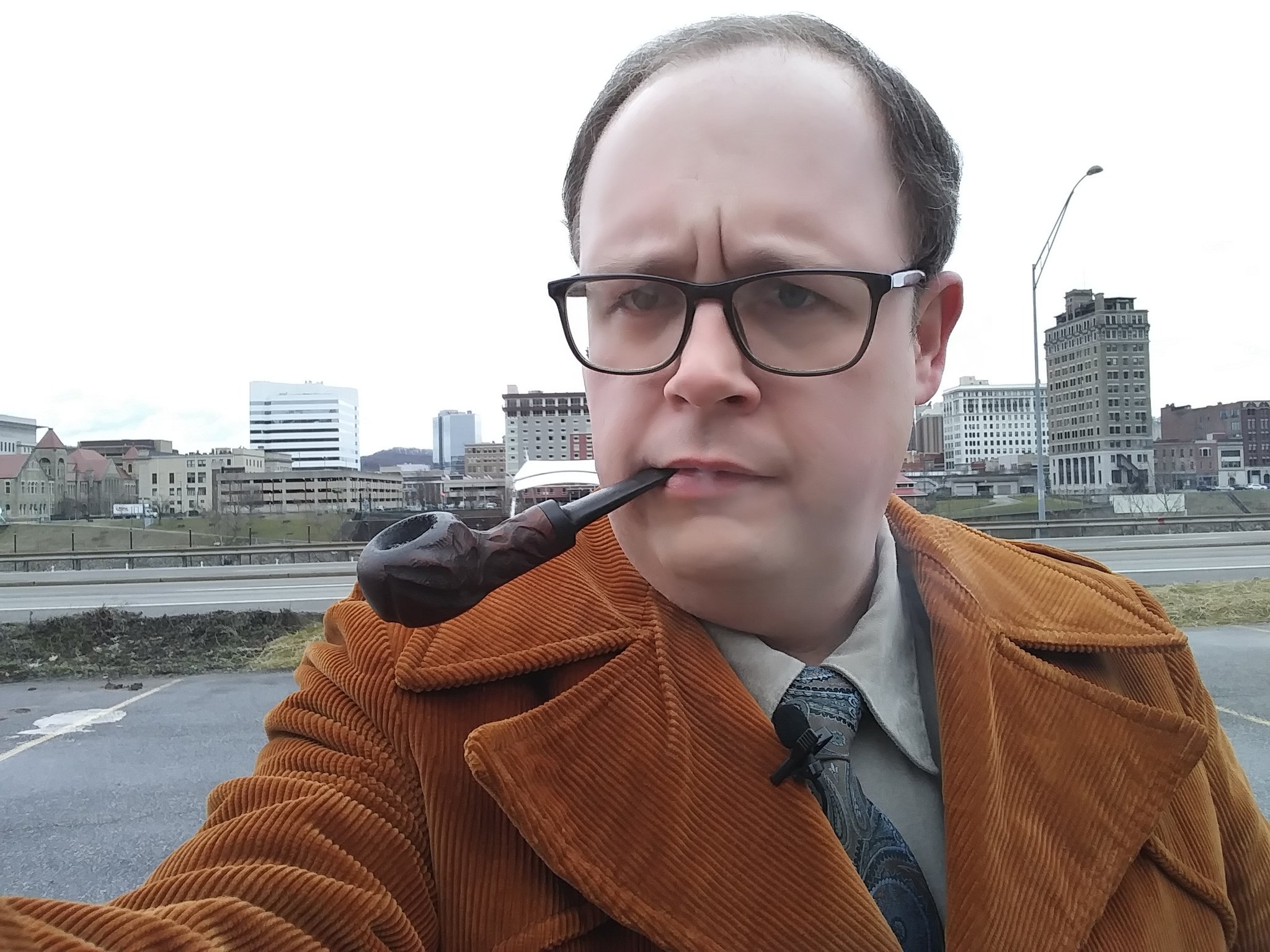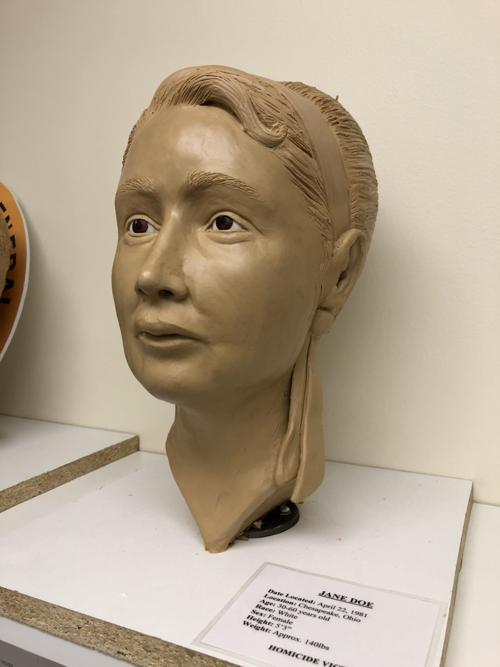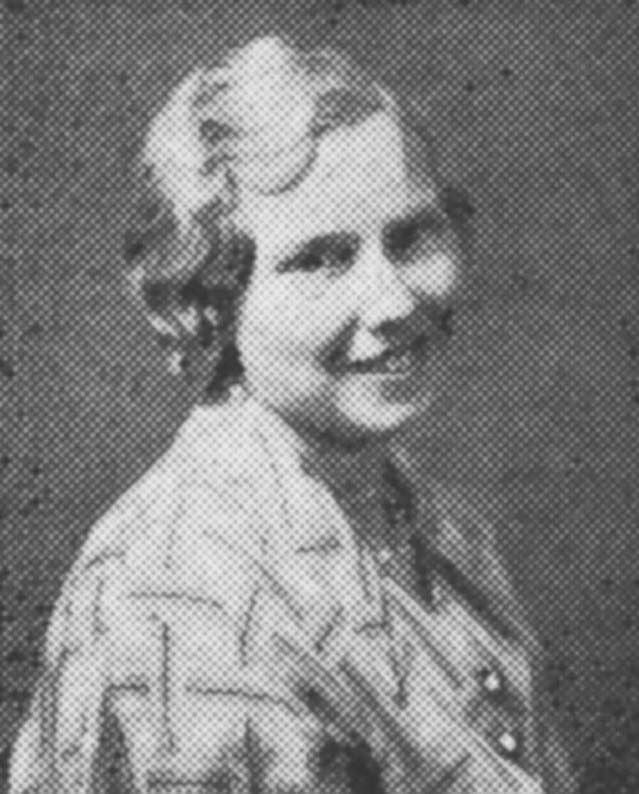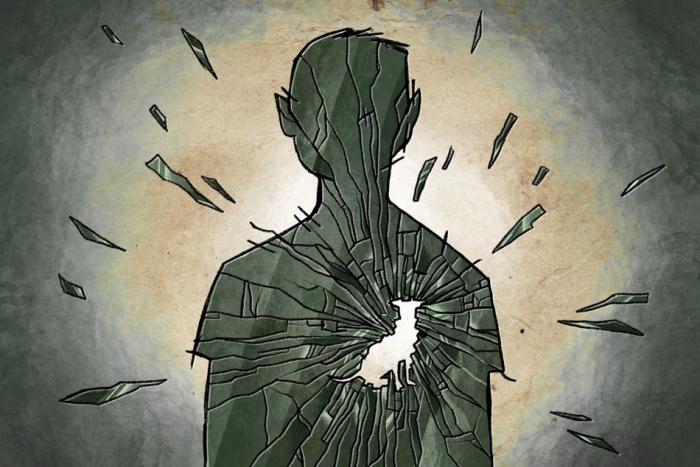What were we obsessed with, invested in and plagued by in 2019? Hazlitt’s writers reflect on the issues, big and small.
“I’ve got something new for us to watch,” my husband Scott told me. The algorithm knew he lived in West Virginia, but not I, apparently. YouTube had suggested Mysterious WV, a channel about unsolved cases—disappearances and murders, mostly—in our state.
It felt thrilling to watch the first few episodes. I’ve been obsessed with true crime shows, and cold cases in particular, for the better part of my life. I love West Virginia, where I’ve lived for the past five years—its weirdness and its wildness. It is a deeply creepy state, that feels unsupervised, bleak, and also beautiful, like the mountains and rivers are thinly masking some shadowy secret. Here was a YouTube show that tied these two interests together in a neat bow.
Mysterious WV takes cues from Unsolved Mysteries, the show that terrified me as a child. There is eerie instrumental background music, a grave-sounding voiceover. The production is cheap but not low quality; yes, the episodes sometimes rely on laughably bad stock images, but the stories are extensively researched, by combing through state archives, property histories, geological surveys, police files, and old maps and newspapers. Original interviews are conducted with police, witnesses, and friends and family members of the victims. The creators travel to the sites of the murders, showing current-day footage of the part of the river where the body was found, the gas station where the woman was seen with a strange man in her car, the side of the interstate where the body was dumped.
We watched the majority of the episodes over a single weekend, in the back bedroom of my in-laws’ house, after the children and grandparents had gone to sleep. My in-laws live in Rainelle, a small town that is now full of abandoned buildings, old people, and drug addicts. The street they live on, though, is quiet, away from the abandoned buildings, lined with well-maintained houses and neat lawns. Their property ends at a patch of woods, and sometimes you hear things in it at night. Usually, it is deer. During hunting season, it is hunters and their ATVs. That weekend, after watching all these stories about local murders, I became convinced that the noises weren’t deer or hunters, but a killer. I lay in bed, frozen in a fear I had not felt since childhood, convinced that the boogeyman was lurking in the hallway. I reasoned with myself: The house was guarded by an overly-sensitive alarm system. The dog would bark. But the alarm could have been disabled. Maybe the dog was in a deep sleep.
The cumulative effect of all the death had clearly gotten to me, aided by the creepy music and the fact that the settings of these murders were so familiar. A girl was found strangled and stuffed in the crawlspace of an apartment building near where Scott had lived in grad school, in a city I would visit in a few weeks to speak to a college writing class. A housewife was shot in her home, just a mile from my own. A body was dumped on the side of the road that I take to get to my favorite bookstore and my psychiatrist. Even the places that weren’t familiar looked familiar; a lot of West Virginia looks the same: green plants, thick trees, muddy rivers.
As we watched the episodes, oldest to newest, we saw the progression of the show and the hosts themselves. The earliest episodes are credited to both Carrie Kirk and Sean Patrick McCracken, a married couple living in Charleston, West Virginia’s state capital. They alternated hosting the show, with Kirk appearing much more comfortable in front of the camera. In these early episodes, McCracken is stiff and awkward, doing things like leaning against a tree in a way that is probably meant to look natural but doesn’t. Eventually, he becomes more relaxed. About a year in, Kirk stops appearing in the credits and episodes. There is an eight-month lull in episodes. I grew curious about the lapse, and, after some intense creepy Google searching, discovered that McCracken and Kirk had gotten a divorce. Kirk evidently was the expert when it came to production, and with her absence the show loses the original recreations, which were always shot super close up—a foot tapping the ground, a hand flicking a lighter—and gave the show an abstract, dreamy feeling, fitting because so many of the cases are so old.
After the divorce, McCracken started wearing an awesome vintage orange corduroy trench coat in the videos, that he tells me via email was once his grandfather’s.

Later, he started a Patreon page. I immediately signed up, my first Patreon ever. Shortly after, McCracken started to be invited to radio shows, press conferences, and a grave exhumation.
He is fascinating to watch, for both his wardrobe choices (a recent episode featured him in a red suit, polka-dot tie, and striped shirt), and his vocabulary and delivery. He talks with a strange inflection, like he’s the lead in some Victorian play—which makes sense, given that a local paper reported he’s involved in community theater. His manner and antiquated word choices don’t seem put on for the show, however. This appears to be the true McCracken, the pipe-smoking amateur detective, the YouTube generation’s heir to Robert Stack. He is incredibly endearing, doing things like posting a four-minute monologue of him sitting in his car, citing The Goonies quote “Always separate the drugs” as an apology for accidentally referring to crystal meth as “hillbilly heroin” in a recent episode. His face is pudgy, he wears glasses and is balding, and there is something baby-like and sweet about him. The nosy part of me wishes I could follow him around for a day, observe his behavior as he does routine things like buying groceries and pumping gas. At the very least, I’d like to have him over for dinner.
As I continued to watch the episodes, they started to fall into categories of reasons why they were scary, illustrations of the different ways it is terrifying to be a human in the world. There are the “bad decision” deaths, where a person slipped into addiction or started hanging out with the wrong people and wound up dead. Something about these deaths feels inevitable, cautionary tales like a grown-up version of an afterschool special. But they also feel personally scary; I have made each of these bad decisions. I’ve gotten too deep in drugs and alcohol. I’ve fallen in love and hung out with criminals. After a decade sober, I’ve watched former friends and boyfriends die or get put in jail, and it has often occurred to me how lucky I am to have made it out. It has also often occurred to me that there is no logical reason for this. These people, these murder victims—the only thing separating their fate and mine is a thin hair of the intangible.
And then there are the random deaths, the ones where the victim ended up dead not through a life lived on the margins but by simply existing. The one that sticks with me most is the murder of a nun, twenty-six-year-old Roberta Elam. Actually, she was technically a “pre-novitiate candidate,” a nun-in-training. In June 1977, she was living at the motherhouse of the Mount Saint Joseph convent in Wheeling, West Virginia. One morning, June 13, she went for a run, got a snack from the kitchen, and headed to a nearby field to pray. A couple hours later, her body was discovered in that same field, strangled to death, underwear and jeans pushed down. The police pursued several leads, including a serial rapist and murderer in nearby Pennsylvania, but the killer was never found. The strongest lead involved a “shady”-looking man who was seen near the grounds that day, in a Chevy Impala with a couple religious bumper stickers on the back. A police sketch of him was released, one of those haunting ones, with thick eyebrows and a beard, but it never went anywhere. Nobody was even able to determine a motive for the killing—if this was a crime of opportunity or if she was targeted. The fact that she was a nun particularly bothered me, as though this innocent decision, to marry Christ and try to lead a sinless life, ultimately caused her to die.
Other senseless deaths: a young couple disappeared after a date at a popular nightclub. A man bludgeoned at his job at a gas station, having arrived earlier than scheduled so the neighborhood children would have a warm place to wait for the bus. A man abducted, just sitting in his home. A woman beaten to death, just sitting in her home. A woman shot, just sitting in her home.
The most troubling cases, though, are the John and Jane Does. The recreations of their faces are, of course, terrifying—humanlike but not human, with empty eyes and expressionless mouths. And then there is the reality of their deaths, the cold truth that not only is it possible to get murdered, and not only is it possible to get murdered and for the killer to get away with it, but it is possible for this to happen and for law enforcement to not even be able to identify your body.
One case that stands out begins with a body discovered by two children in a cistern in 1981. This was in Lawrence County, Ohio, across the river from Huntington, West Virginia. After the mostly-skeletonized remains were examined by a coroner, it was determined that they’d found a Caucasian female of indeterminate age who’d been strangled to death. She was dressed for winter, with three layers on top, two pairs of socks on her feet, and a third pair on her hands. Found with the body was a three-year-old bus ticket and a key for a locker at the Huntington Greyhound bus station. In the locker, they found a duffle bag that held more clothes, family photos, and a souvenir coin from a Jerry Falwell revival. Eventually, her body and bag were buried in an unmarked grave. She was dubbed the Belle in the Well.
 Thirty years later, her body and property were disinterred, because of advances in DNA and facial reconstruction technology. The resulting reconstruction was especially creepy, the dead eyes looking both passive and forlorn. The extracted DNA suggested she was from West Virginia.
Thirty years later, her body and property were disinterred, because of advances in DNA and facial reconstruction technology. The resulting reconstruction was especially creepy, the dead eyes looking both passive and forlorn. The extracted DNA suggested she was from West Virginia.
Years later—this year, in fact—the DNA was traced to her estranged daughter. The Belle’s name was Louise Virginia Peterson, and she’d been around sixty-five at the time of her death. McCracken attended and then uploaded the footage of the press conference where this information was announced. The only locatable photo came from Peterson’s high school yearbook.
 The details of her life are sparse. Officials were able to piece together that she’d been married and then divorced, that she’d had three children, and that perhaps she was mentally ill—and that’s about it. The murder is, unsurprisingly, still unsolved.
The details of her life are sparse. Officials were able to piece together that she’d been married and then divorced, that she’d had three children, and that perhaps she was mentally ill—and that’s about it. The murder is, unsurprisingly, still unsolved.
It is terrifying at both a practical and an existential level that a mother of three could disappear and not be missed, that her life could be such a faint series of dots. It is terrifying that the eventual success in this case was simply identifying her body, rather than finding out what happened to her. It is terrifying that what enabled her identification was not recognition from a friend or a family member, but because a distant relative uploaded their DNA profile to GEDmatch (the same database used to identify the Golden State Killer). There are still so many unknowns: we don’t know when she disappeared, where she was going on that bus, why nobody noticed she was gone, and, of course, we don’t know who strangled her or for what reason. The case points to a mostly unspoken fear that nags at me on my most depressed days: What if life really is lonely and senseless? What if some lives do truly matter more than others?
A search for a remedy to these bleak questions seems to point to Mysterious WV’s higher purpose: it exists not because of a desire to create profitable content, or achieve local fame, or even to satisfy the itch of curiosity, but to give these lives and deaths some meaning. Each episode ends with a brief summary of a description of the person at the time of their disappearance or death, and information with who to contact if a viewer has any knowledge regarding the case. Maybe somebody will remember something. Maybe somebody will finally report what they saw or heard. After five or thirty or fifty years, these maybes seem unlikely, if not impossible—but there they are, the brazen existence of a slim crack of hope.
Photo of Jane Doe bust via the Ohio Attorney General's Office; photo of Louise Virginia Peterson via the Lawrence Country Coroner's Office.






